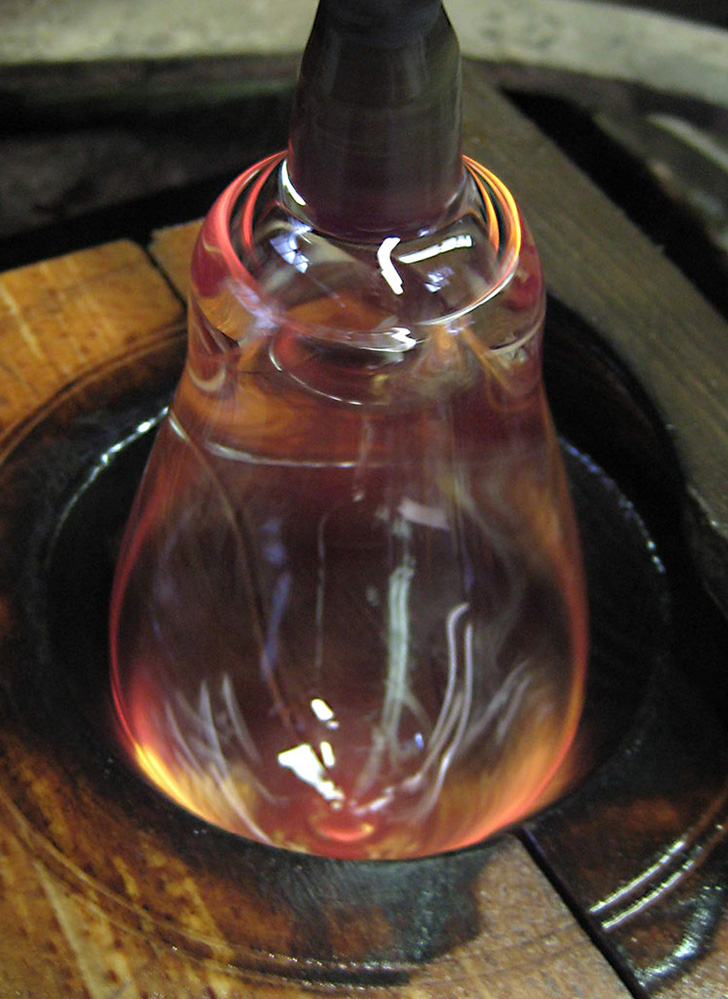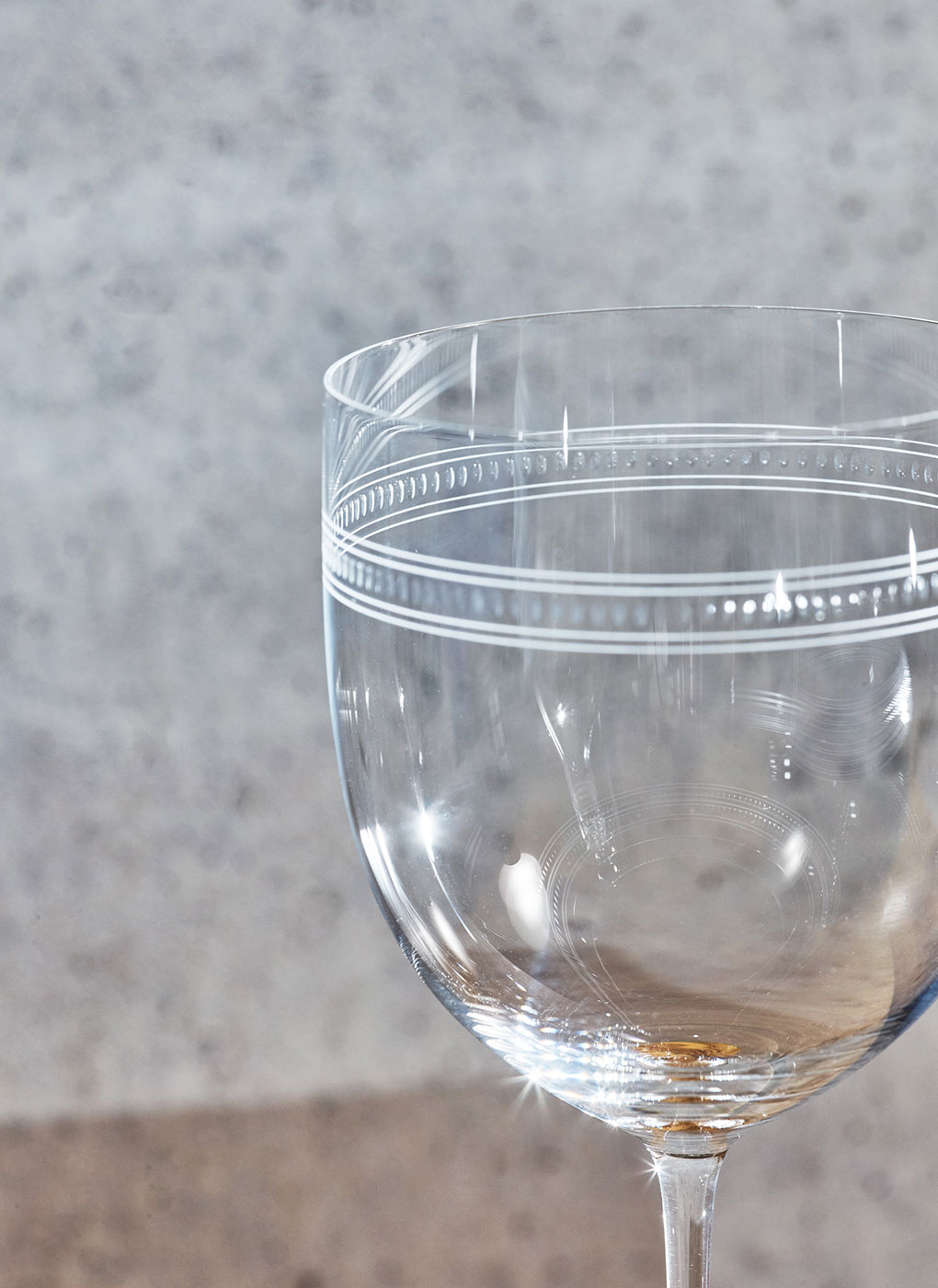
Login
NEW CUSTOMERS
By creating an account with our store, you will be able to move through the checkout process faster, store multiple shipping addresses, view and track your orders in your account and more.
CREATE AN ACCOUNTSEARCH
Shopping cart
Named after finely woven muslin fabric, this glass is blown by masters of the trade to a thickness of only 0.7–1.1 mm.

The Glassmaker’s Pride
Our muslin glass requires the utmost skill in both craftsmanship and design; even an excellent glassblower needs many years of experience to create this wafer-thin glass. Because the glowing molten glass hardens rapidly, it must be worked quickly and assertively. Those watching muslin glassmakers at their work are always amazed at their speed and virtuosity. The precision with which similar series are formed by hand is also stunning—the preciousness of hand-blown glass lies in the minimal irregularity yet subtle uniqueness of each piece.

This results in a product of inimitable delicacy and elegance. Muslin drinking glasses have a sensually delicate rim, creating a particularly fine contact between lips, glass, and refreshment.

Quality to the Final Touch
Each Lobmeyr muslin glass is blown in a very thin layer into wet beechwood moulds. The resulting steam forms a “cushion” between the wooden mould and the glass, producing the incomparable shine of the finished piece. The stem and foot of the glass are joined free-hand by the master. After three hours of careful cooling in a special cooling furnace, the annealed glass bubble is cut off at the rim, which is then smoothed inside and out and, in a final step, reheated in a flame to create the final polish. Before being sold, a Lobmeyr glass passes through at least 24 pairs of hands and four quality controls, the last of which is always by a member of the family.
Synonymous with Fine Glass
Muslin glass, also known as straw glass, has been popular since the early 1920s. Drinking Set no.4 is an icon and a pioneer. It was designed by Ludwig Lobmeyr in 1854 and inspired Josef Hoffmann to create “The Patrician” series in 1917—both of which remain company classics to this very day. Likewise incomparable are the delicate spherical muslin glass candy dishes designed by Oswald Haerdtl for the 1925 Exposition des Arts Décoratifs in Paris, which are still admired and in demand all over the world.
An interesting fact: Muslin glass appears to be much more fragile than it actually is. Thanks to its innate elasticity and formal construction, it is quite robust.

STORIES



